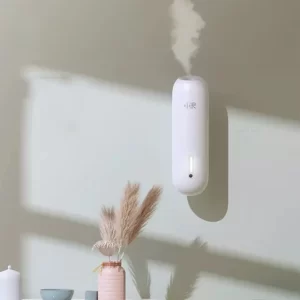Do I need a humidifier or dehumidifier for hot room?
Introduction
Dealing with a hot room can be uncomfortable, but finding the right solution to achieve optimal indoor conditions is essential. The question arises: Do I need a humidifier or dehumidifier for a hot room? In this guide, we will explore both options to help you determine the most suitable choice for your specific needs. We will discuss the purpose and benefits of humidifiers and dehumidifiers, as well as factors to consider when deciding which one to use in a hot room.
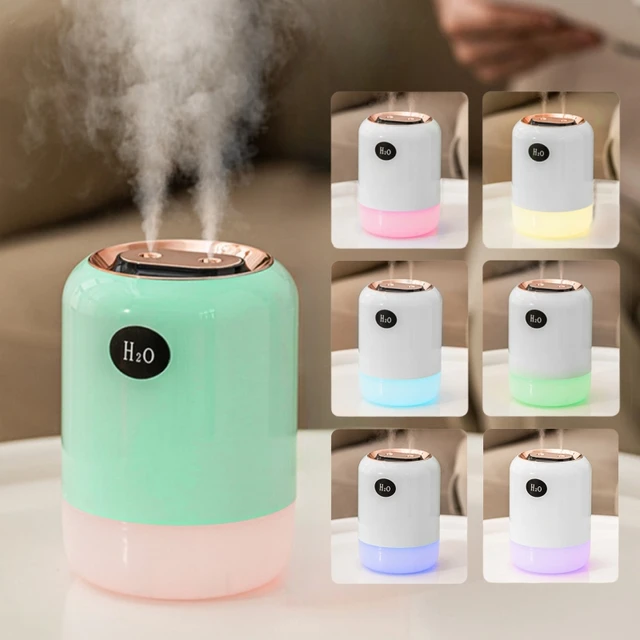
Do I need a humidifier or dehumidifier for hot room?
I. Understanding Humidifiers
-
Purpose and Function:
- Humidifiers add moisture to the air by emitting water vapor or steam. They are commonly used to combat dryness and increase humidity levels, which can be especially beneficial in areas with low humidity or during dry seasons.
-
Benefits of Humidifiers in a Hot Room:
- While humidifiers are typically associated with providing relief in dry environments, they may not be the first choice for a hot room. However, depending on the specific circumstances, a humidifier can help alleviate some discomfort caused by dry heat. It can moisturize the air, potentially easing dry skin, respiratory irritation, and dryness-related symptoms.
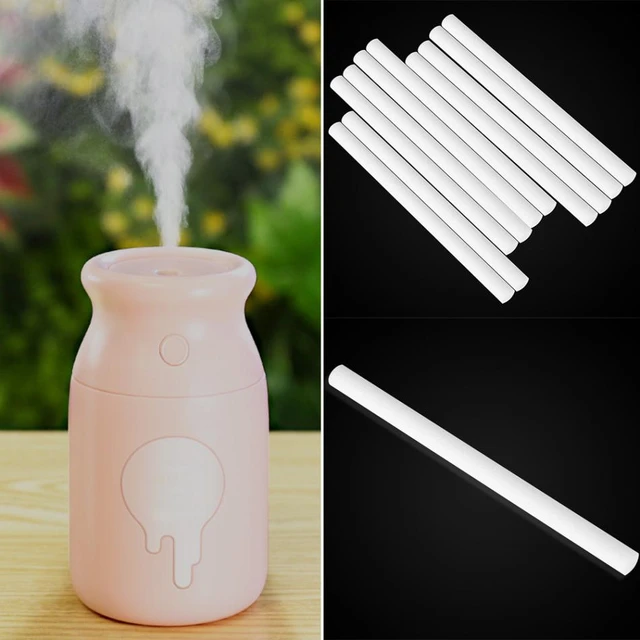
II. Evaluating Dehumidifiers
-
Purpose and Function:
- Dehumidifiers remove excess moisture from the air, making them especially useful in spaces with high humidity levels. They work by drawing in humid air, extracting moisture, and releasing dry air back into the room.
-
Benefits of Dehumidifiers in a Hot Room:
- Dehumidifiers are particularly effective in hot rooms that have high levels of humidity. Excessive moisture in the air can make a room feel even hotter and more uncomfortable. By reducing humidity, dehumidifiers can create a more pleasant environment by minimizing stickiness, reducing musty odors, and potentially preventing the growth of mold and mildew.
III. Identifying the Source of Discomfort in a Hot Room
-
Assessing Humidity Levels:
- Determine whether the discomfort in the hot room is primarily due to high humidity or dryness. This can be done by using a hygrometer, a tool that measures humidity levels.
-
Effects of High Humidity:
- High humidity can exacerbate the feeling of heat, making a hot room feel even more uncomfortable. Excessive moisture in the air impedes evaporation, hampering the body’s natural cooling process and potentially leading to feelings of stickiness and clamminess.
-
Effects of Dryness:
- Dry heat can cause discomfort and affect respiratory health. Low humidity can lead to dry skin, nasal congestion, throat irritation, and dehydration. In a hot room, dry air can intensify these symptoms, making it harder for the body to cool down naturally.
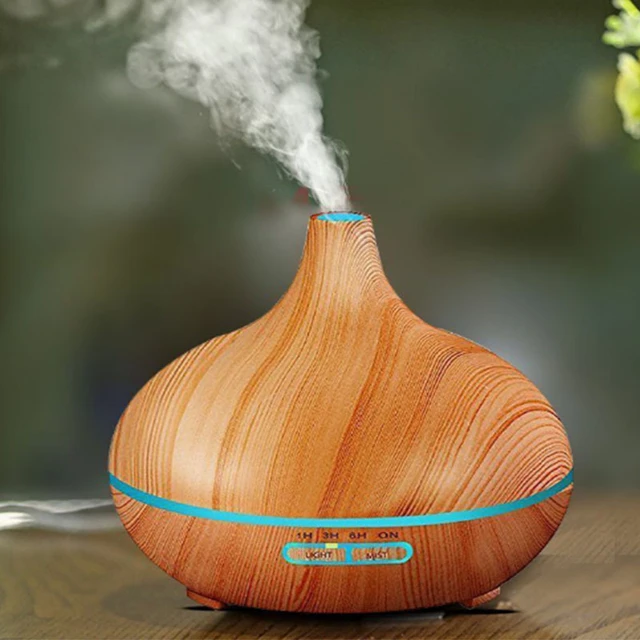
IV. Determining the Optimal Solution
-
High Humidity Levels in a Hot Room:
- If high humidity is the primary issue in a hot room, a dehumidifier is the appropriate choice. By extracting excess moisture from the air, a dehumidifier can help create a more comfortable and less muggy environment.
-
Dry Air in a Hot Room:
- If the hot room is experiencing dryness, a humidifier can potentially provide relief by adding moisture to the air. This can alleviate dry skin, respiratory irritation, and other symptoms associated with dryness.
-
Combination Approach:
- In some cases, both high humidity and dryness can coexist in a hot room. This may be particularly true in certain climates or during specific seasons. In such scenarios, a combination of a humidifier and dehumidifier may be necessary to maintain optimal indoor conditions.
V. Factors to Consider
-
Climate and Weather:
- Determine whether the hot room is consistently affected by high humidity or dryness due to the local climate or seasonal variations. This knowledge can help guide the choice between a humidifier and dehumidifier.
-
Room Size and Ventilation:
- Consider the size of the hot room and the availability of proper ventilation. Large rooms or spaces without adequate airflow may require more powerful or strategically placed units to effectively manage humidity levels.
-
Health Considerations:
- Individual health factors should also be taken into account. Individuals with specific respiratory conditions, allergies, or sensitivities should consult with a healthcare professional to determine whether a humidifier or dehumidifier is most suitable for their needs.
VI. Maintaining Optimal Conditions
-
Regular Maintenance:
- Regularly clean and maintain humidifiers and dehumidifiers to ensure proper functioning and prevent the growth of mold or bacteria. Follow the manufacturer’s instructions for cleaning, filter replacement, and general upkeep.
-
Monitoring Humidity Levels:
- Continually monitor humidity levels in the hot room using a hygrometer. This helps ensure that the chosen appliance is effectively managing the environment and maintaining optimal humidity levels.
-
Experimentation and Adjustment:
- Achieving the perfect balance of humidity in a hot room may require some trial and error. Be prepared to adjust settings, monitor the effects, and make necessary changes to create the most comfortable indoor environment.
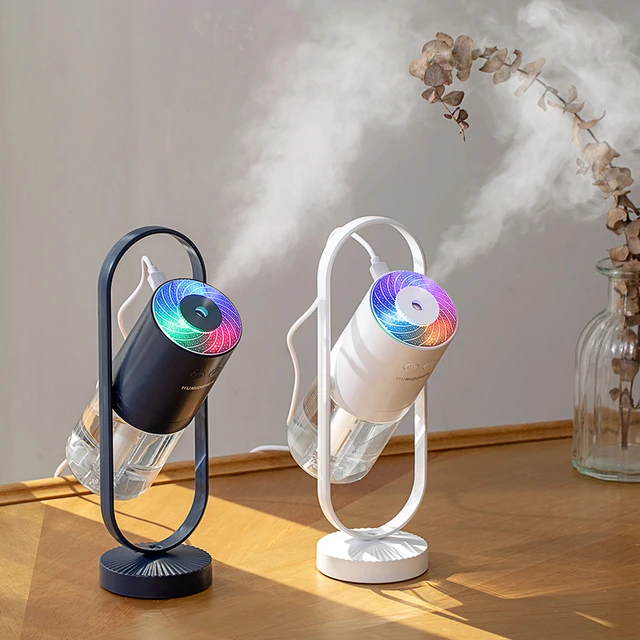
VIII. Exploring Alternative Solutions
-
Ventilation and Air Circulation:
- Improving ventilation and air circulation in a hot room can provide some relief by facilitating the movement of air. Open windows or use fans and air conditioning, if available, to promote airflow and reduce the sensation of heat.
-
Heat-Reducing Techniques:
- Implement heat-reducing techniques to make the hot room more comfortable. Use blinds or curtains to block sunlight, apply reflective window film, or use light-colored furniture and fabrics to minimize heat absorption. These strategies can help reduce the overall temperature in the room.
-
Evaporative Cooling:
- Consider using evaporative cooling methods, such as fans or portable evaporative coolers. These devices work by passing air over water-soaked pads, releasing cool, moist air into the room. This process can provide relief from the heat without increasing humidity levels.
IX. Consulting with Professionals
-
HVAC Professional:
- If the hot room is part of a centralized heating, ventilation, and air conditioning (HVAC) system, consulting with a professional technician may be necessary. They can assess the system, identify any underlying issues, and provide recommendations to optimize indoor comfort.
-
Health Professional:
- For individuals with specific health concerns or respiratory conditions, consulting with a healthcare professional is crucial. They can provide tailored advice on managing indoor conditions and recommend the most appropriate solutions based on individual health needs.
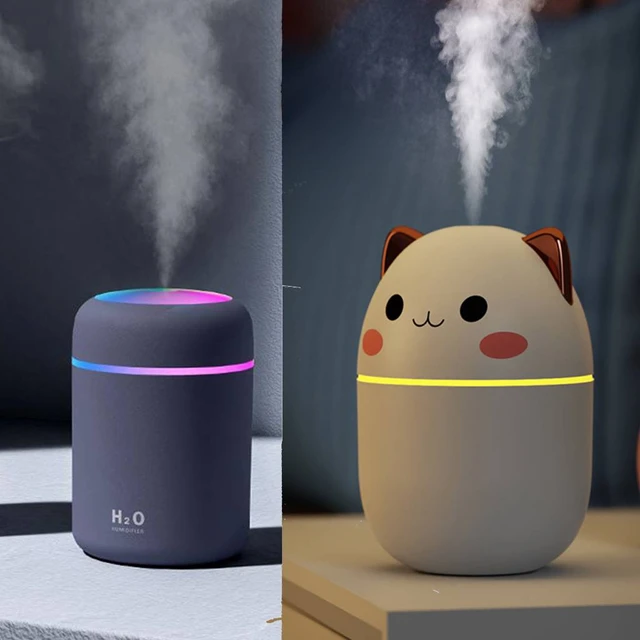
VII. Conclusion
Determining whether a humidifier or dehumidifier is needed for a hot room depends on the underlying factors contributing to discomfort. Assessing the humidity levels and identifying whether excessive moisture or dryness is the primary issue is crucial in making an informed decision. For high humidity, a dehumidifier is the appropriate choice to create a more comfortable environment. In contrast, a humidifier can potentially alleviate dryness-related symptoms in a hot and dry room.
Consider factors such as climate, room size, ventilation, and individual health considerations when selecting a humidifier or dehumidifier. By choosing the right appliance and properly maintaining it, you can effectively manage humidity levels in a hot room and create a more pleasant living environment.

